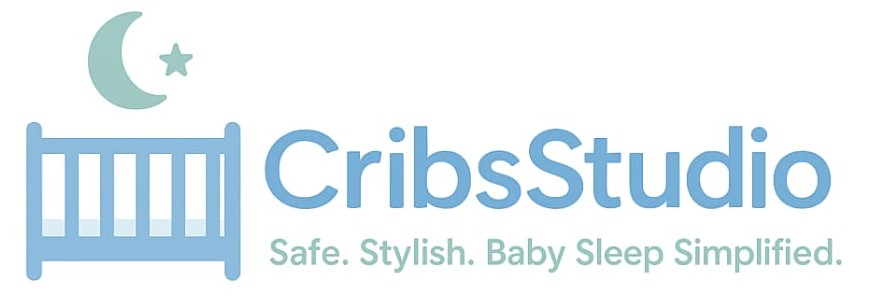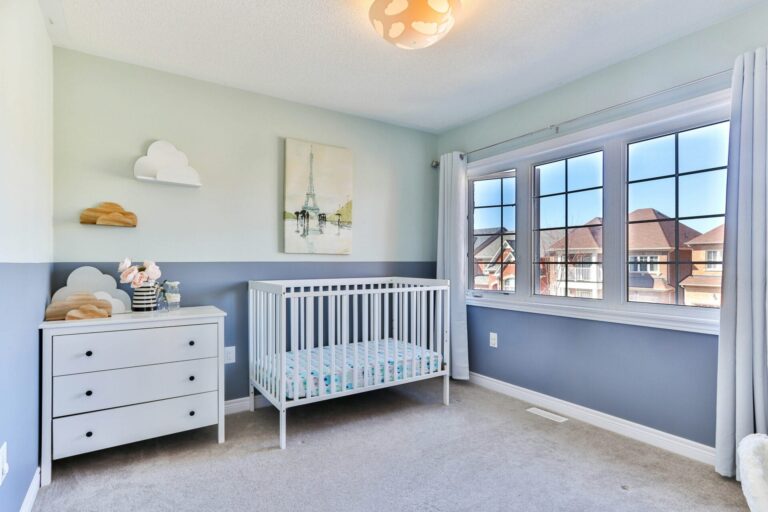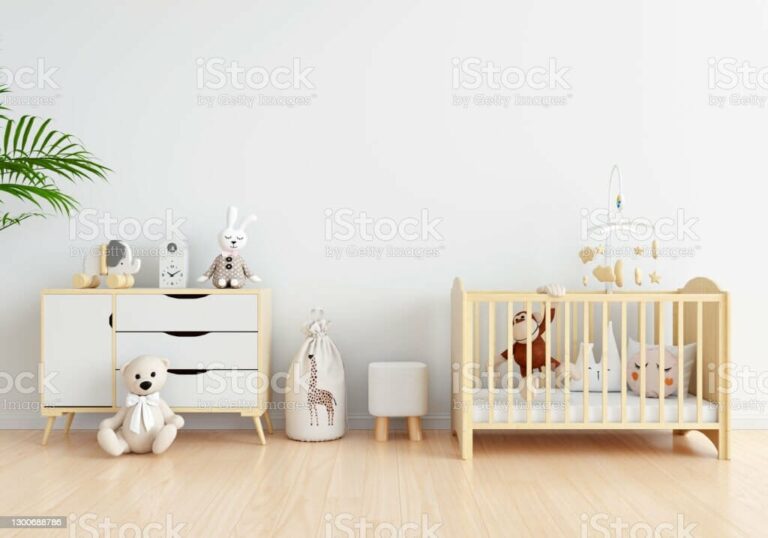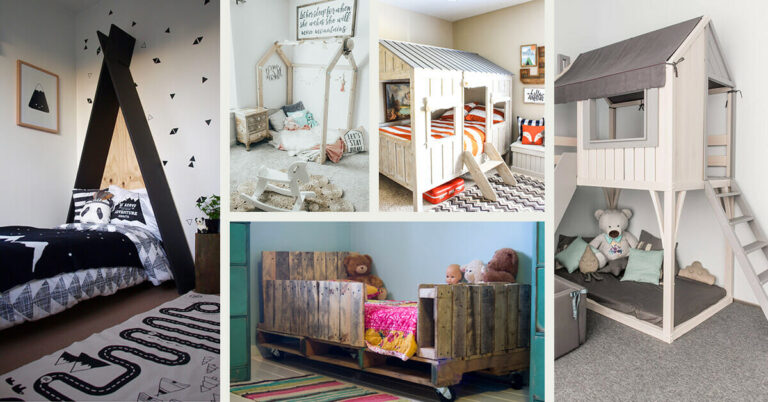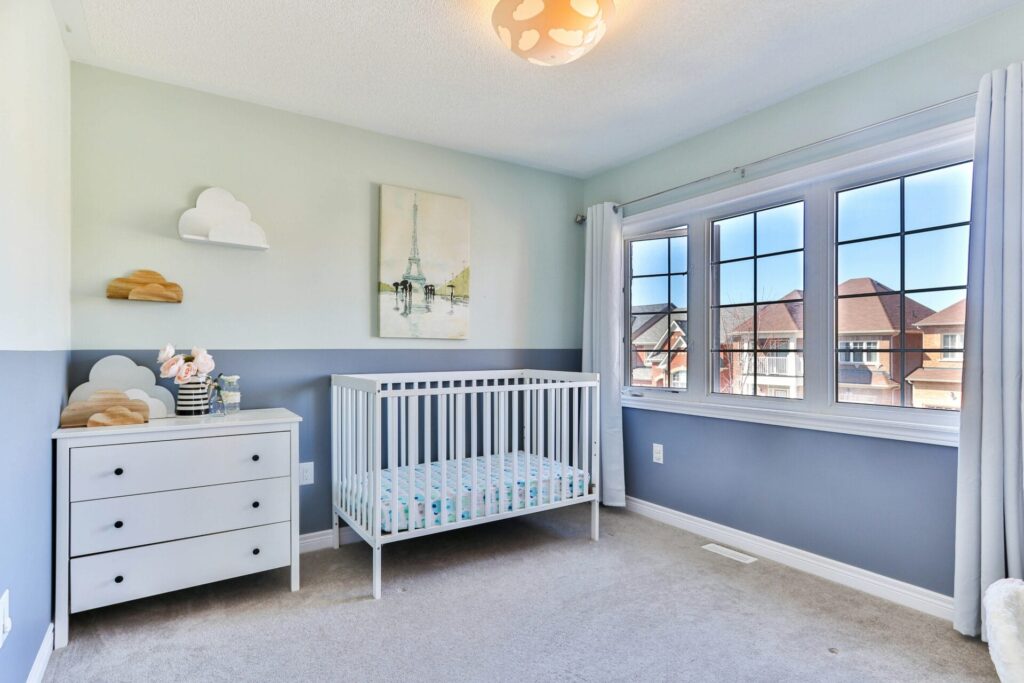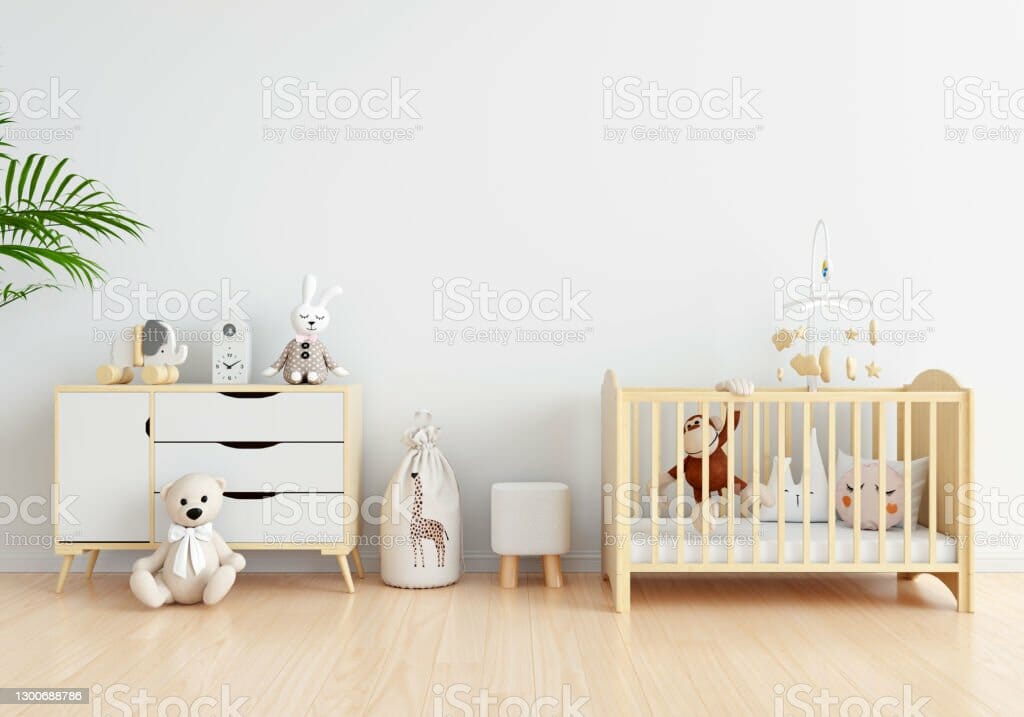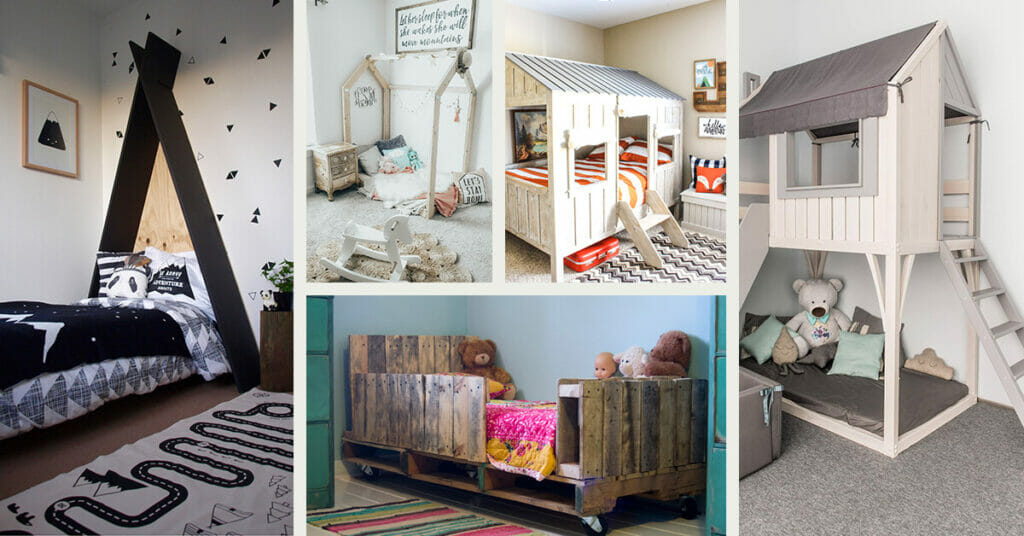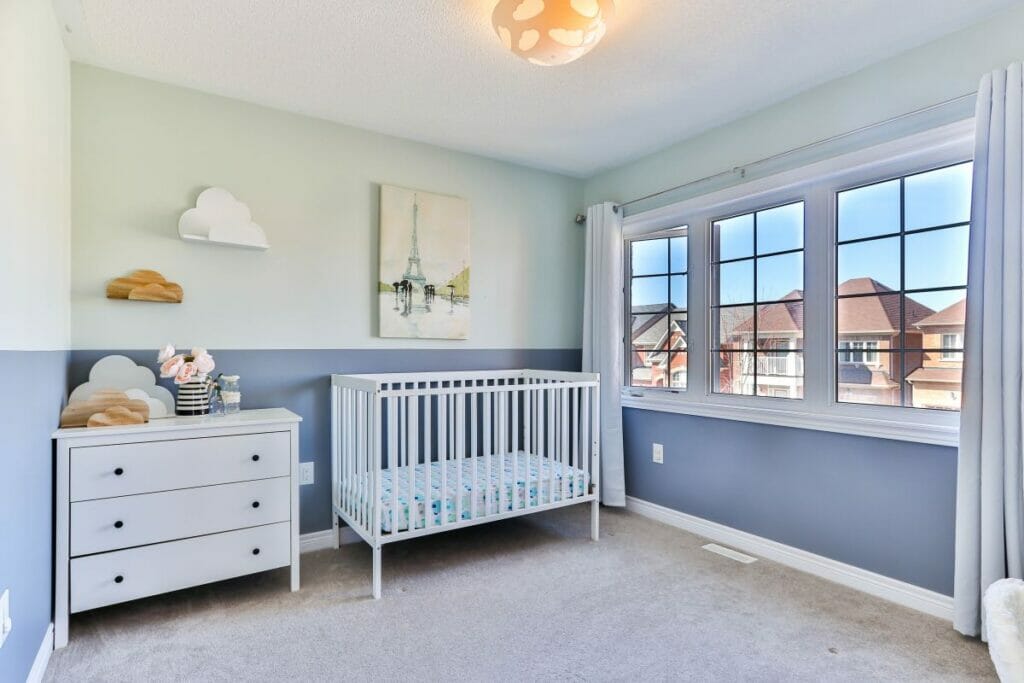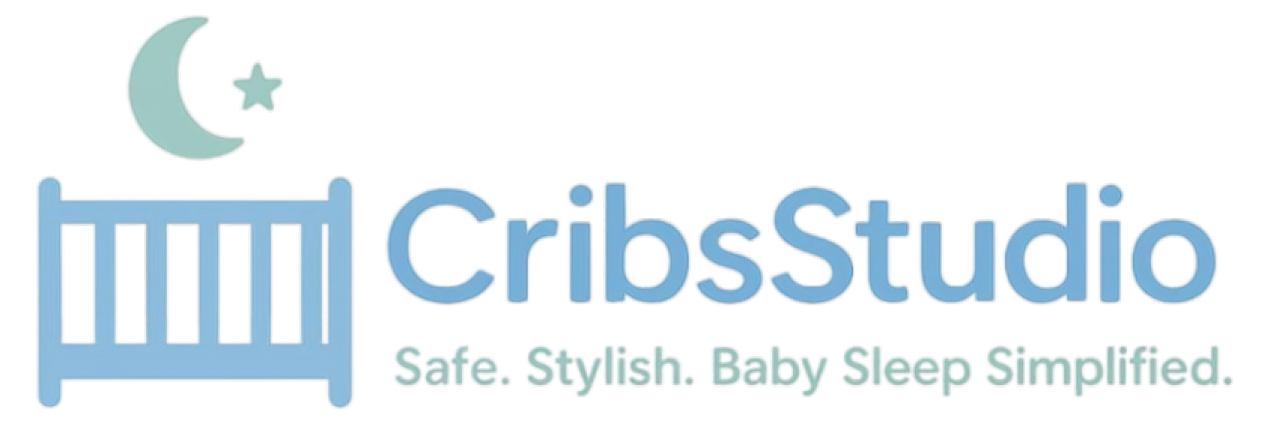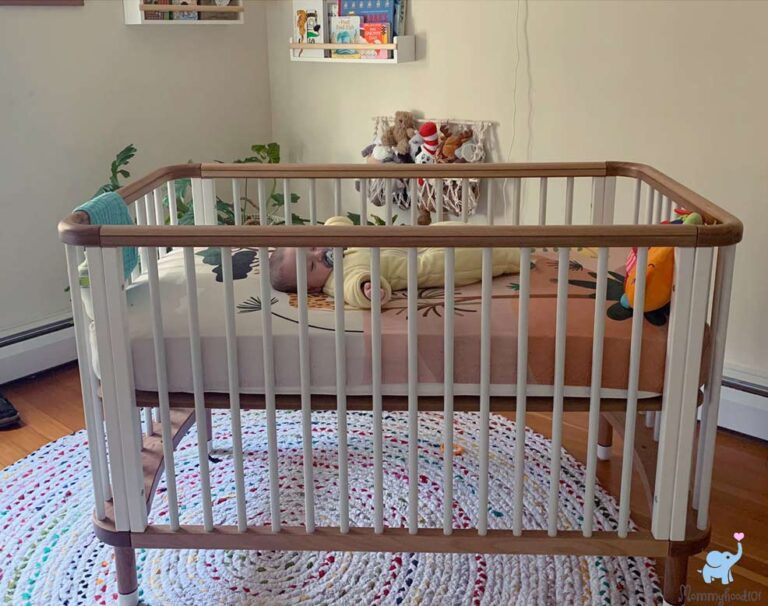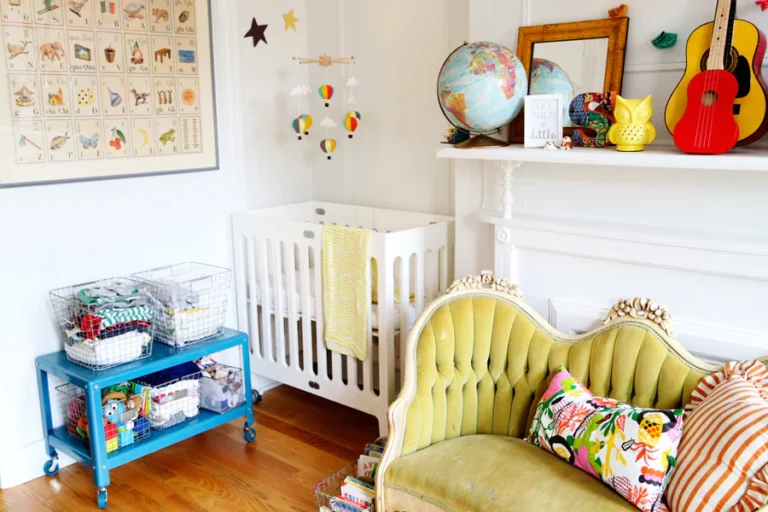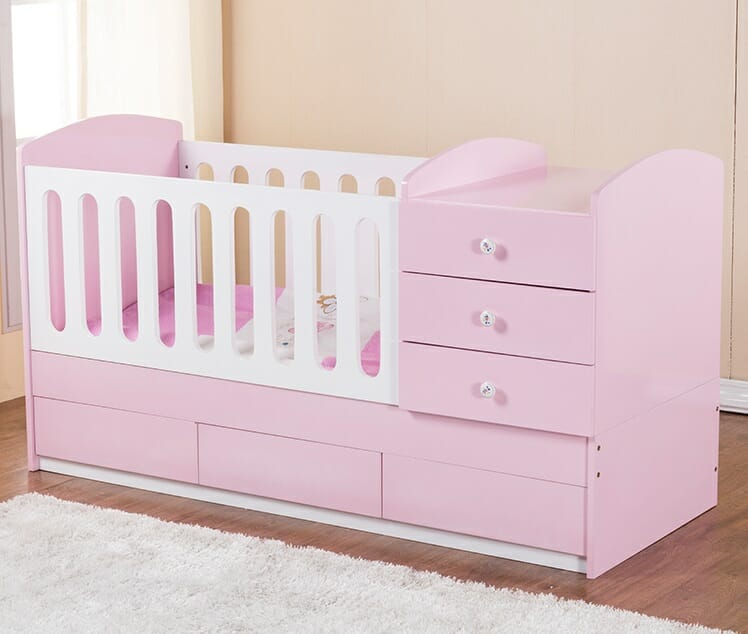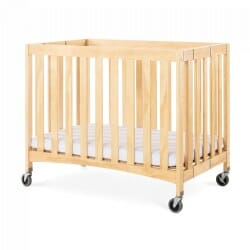
Introduction
As a concerned parent, ensuring your child’s safety is a top priority. When it comes to providing a secure sleeping environment, adhering to the latest crib safety standards is crucial. In this blog post, we will explore the essential guidelines and precautions to keep in mind to protect your little one. Read on to learn more.
Understanding Crib Safety Standards

Ensuring Crib Safety: A Guide to the Latest Standards
In this section, we will cover the Modern standards that have been put in place which increase crib safety and save babies from risk
Understanding the ASTM International Standards
ASTM International sets the guideline for crib safety standards. These standards focus on durability, mattress support, and slat strength. Make sure your crib meets these standards, and look for the ASTM label or certificate when buying a new crib.
JPMA Certification: What You Need to Know
(JPMA) provides a certification program that warranty cribs meet tight safety standards. Cribs with JPMA certification provide extra assurance for parents and caregivers.
Safety Considerations for Crib Mattresses
Crib mattresses play a significant role in safety. away from using secondhand and soft beds, as they can increase the chance of Sudden Infant Death Syndrome (SIDS).
The Importance of Crib Hardware
Examine the crib’s hardware to ensure it is not damaged and place properly. Loose or missing screws and bolts can compromise the crib’s stability and produce uncertainty.
Slat Spacing and Crib Safe.
According to the latest standards, the space between slats should not exceed 2 3/8 inches to prevent a child’s head from getting a stay
Avoiding Drop-Side Cribs
Drop-side cribs were in demand, but they have been disallowed due to safety cover.
Ensuring a Safe Sleep Environment
Apart from crib safety, creating a safe sleep environment is equally important. Remove pillows, blankets, and stuffed toys from the crib to reduce suffocation risks.
The Role of Product Recalls in Crib Safety
Stay informed about crib recalls and promptly address any issues with your crib model. Register your crib with the manufacturer to receive timely recall notifications.
Importance of Proper Assembly
Properly assemble the crib following the manufacturer’s instructions to ensure its stability and safety. If you’re uncertain, seek professional help to avoid potential risks.
Fire Safety Measures for Crib Materials
Ensure the crib materials are fire-resistant to minimize fire hazards in your baby’s sleeping area.
Crib Placement and Location
Place the crib away from windows, curtains, blinds, and cords to prevent strangulation and ensure optimal air circulation.
Optimal Age for Crib Usage
Understand when it’s time to transition your child to a toddler bed to ensure their safety as they grow.
Monitoring Weight Limits
Keep track of the crib’s weight limits and avoid from placing many children in the cribat the same time.
Essential Crib Accessories for Safety
Learn about the accessories that increase crib safety, such as teething rails and crib rail covers.
Safe Practices During Crib Usage
Train yourself on safe practices, such as not leaving babies unattended in the crib and avoiding attaching toys or items with strings to the crib.
Crib Safety Beyond Infancy
As your child grows, ensure the crib converts safely to a toddler bed.
Recognizing Signs of Wear and Tear
Regularly inspect the crib for signs of wear and tear, and promptly address any issues to maintain its safety.
Crib Safety and Pets
Create a safe boundary between pets and the crib to prevent accidents or injuries.
FAQs (Frequently Asked Questions)
When should I transition my baby from a crib to a bed?
There’s no one-size-fits-all answer, but generally, toddlers around 2 to 3 years old show signs of readiness for a bed.
Are drop-side cribs safe to use?
No, drop-side cribs have been banned due to safety concerns. It is recommended to use fixed-side cribs for enhanced safety.
Can I use a secondhand crib?
While it’s not advisable to use secondhand cribs due to potential safety risks, if you choose to do so, ensure it meets current safety standards and has not been recalled.
How often should I check my baby’s crib for safety?
Regularly inspect the crib every few months and after any significant impact to ensure it’s still in good condition.
Are there any specific crib accessories that promote safety?
Yes, accessories like teething rails and crib rail covers can protect your baby and the crib.
Can my baby sleep with a blanket or stuffed toy in the crib?
A: It’s best to avoid placing blankets, pillows, or stuffed toys in the crib to reduce the risk of suffocation.
